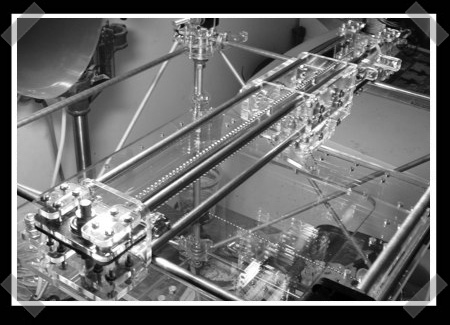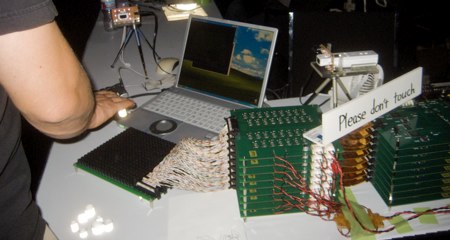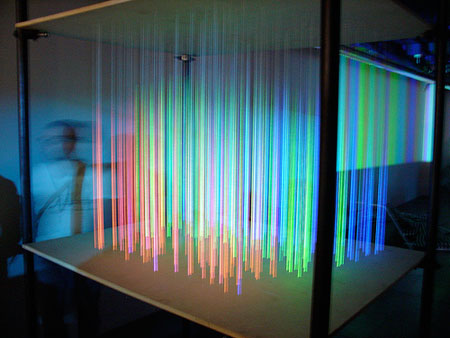
Instead of the normal head in a window or split screen display used when interviewing remote guests, [Wolf Blitzer] will be interviewing 3d holograms. Supposedly, they will be recording in a way that allows for 360 views to be projected on stage with [Wolf]. We’ll have to wait and see exactly how they plan to pull that off, but our suspicion is that it will be similar to the Gorillaz live performances. Join us after the break to watch one.














